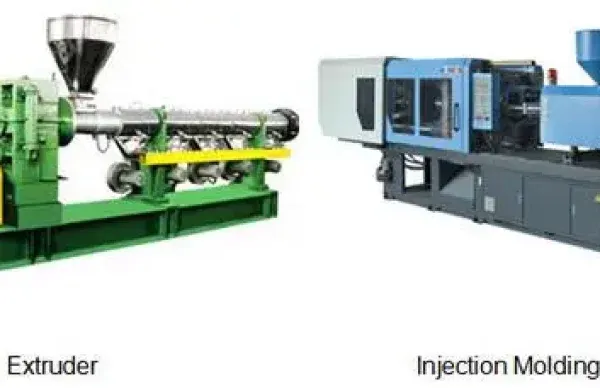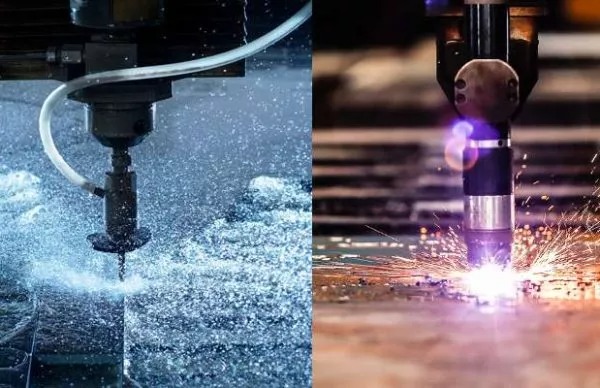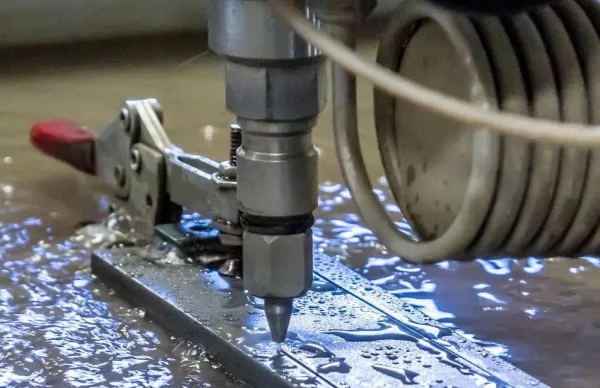When it comes to improving material functionality while providing some level of assurance, then one process that comes into play for all industries is annealing. Whether it is metallic materials, alloys, or even glass, annealing has the capability of changing material properties. Yes! Annealing makes the material easier, tougher, and more suitable for further processing.
So, in this article, we’ll discuss what’s annealing, how this heat treatment works, and the different types of annealing. Apart from this, we will see how it can be beneficial for your manufacturing needs. So, without wasting any second, let’s start learning how immense annealing would help you with the projects!
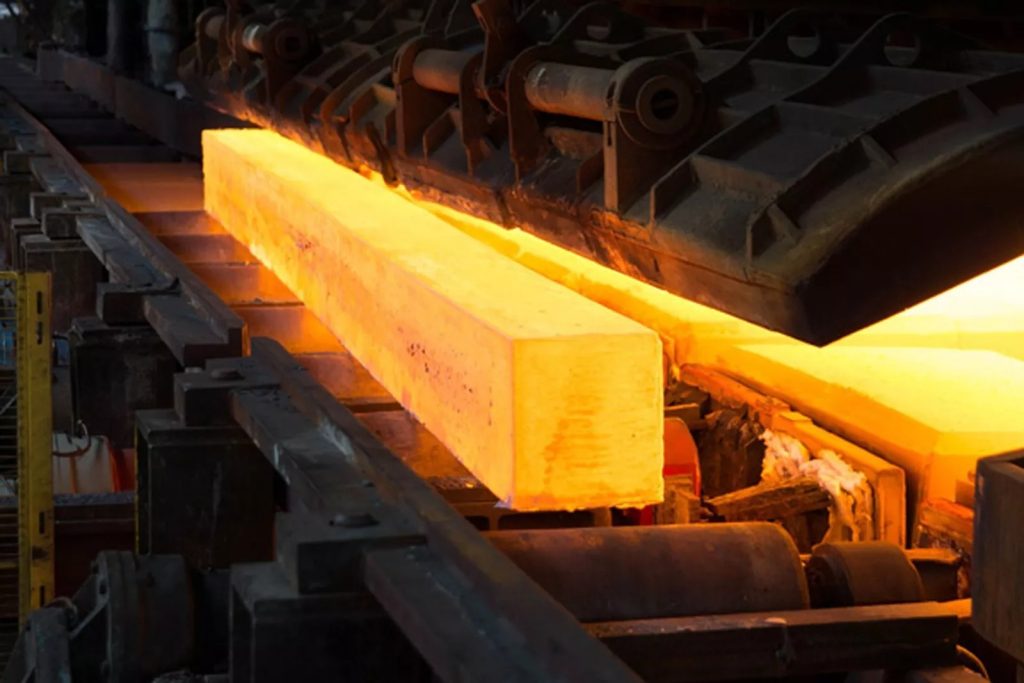
What is Annealing?
The word Annealing is derived from “Anneal” which involves heating, originally from “fire’.
“Annealing is also known as the softening method or heat treatment applicable to materials especially metals and glass in order to alter its physical state and properties.”
Anneal process helps make materials softer, more flexible, and less fractured under yield stresses. But rather improves the toughness and strength properties making them adequate for several industrial uses. If we talk about particularly steel strengthening through annealing then you can call it “Forging”. Yes! You can harden pistons and crankshafts through forging.
Well, annealing consists of heating the material above the recrystallization temperature but below its melting point. What happens is that when the material reaches this temperature, a change occurs within the material microstructure. Such alterations are further observed to relieve internal stresses. Additionally, it enhances the grain structure and removes any residual or intentional flaws. These flaws may have result from previous processes like casting or welding.
Moreover, this treatment not only increases the workability of the materials but also increases the lifetime of the materials by means of preventing cracks and fracturing of the materials. Alright! To make a crystal clear picture of annealing, we will discuss the process of annealing in the coming section.
How Annealing Works: Three Stages
There are three main stages of heat treatment through which you can achieve changes at the atomistic level. You will see that each step is associated with a change in the geometry and properties of the material. Let’s dive into it!
Stage 1) Heating: Firstly, it involves heating the material upto 400 to 900° C, depending on its recrystallisation. For steels, this temperature is approximately between 600°C and 700°C. Such heating enables the atoms to migrate in the crystal lattice which reduces dislocations present in the material. As a result, atoms relocated to relax internal stresses Moreover, it provides the prerequisites for later grain growth.
- To boost your knowledge: If the heating is done in an ambient hydrogen atmosphere then you can call it “Hydrogen annealing”.
Stage 2) Holding (Recrystallization stage): The material is then kept at this temperature for an appropriate period. It is so that atomic movements are sufficient enough to allow new grains to grow. This step aids in removing some further dislocations and softening the material. The time required depends on the material and its mechanical properties, normally from thirty minutes to several hours.

Stage 3) Cooling: Finally, cool down the element in stages, typically in an open furnace. This process improves the ductility and strength of the material at room temperature. The rate of cooling is an important factor. In fact, faster cooling (followed by quenching and retardation) may make the material brittle. Whereas, slow cooling ensures that the desired characteristics of the material are not lost.
On cooling grain develops and grows in size with the cooling. That’s it!
What are the Types of Annealing?
After what’s annealing, let’s look at the types; They are categorized based on the metallurgical differences in re-crystallization and the result of annealed surfaces.
The list is mentioned below;
Diffusion Annealing
You can use this to improve the uniformity of the material through atomic diffusion. It assists in the removal of segregation of compositions of alloys. Thus, it enhances the homogeneity and also refines the crystal structure.
Stress Relief Annealing
As the name suggests, it reduces the internal stresses caused by processes which include welding and machining for that case. Although it does not change the structure of the material to a significant level, it decreases the unwanted stress. This stress relief is so that distortion or cracking is not experienced.
Normalisation Annealing
What’s annealed steel? Well, normalization is broadly applied to steel. Normalization is a process where materials are heated up to a certain temperature and then cooled in air. This actually refines the grain structure. Therefore, it enhances the toughness and strength of the material while making it more consistent.
Spherification Annealing
This type of annealing facilitates the conversion of flake graphite into spherical form through the A356 process. This eases the process of machining and also increases the ductility of the material.
Incomplete Annealing
During this type of annealing, the material that is being annealed is not heated up completely to the temperature of the metals’ full recrystallization. The aim is to make the material a little softer without altering its structure entirely. This is mostly done for materials that do not require complete solid-state transformation but need some degree of softness.
Complete Annealing
This involves heating up to a desired temperature completely to alter the microstructure. The annealed components get rid of internal residual stresses and soften the material. Complete annealing is mostly required with carbon steels.
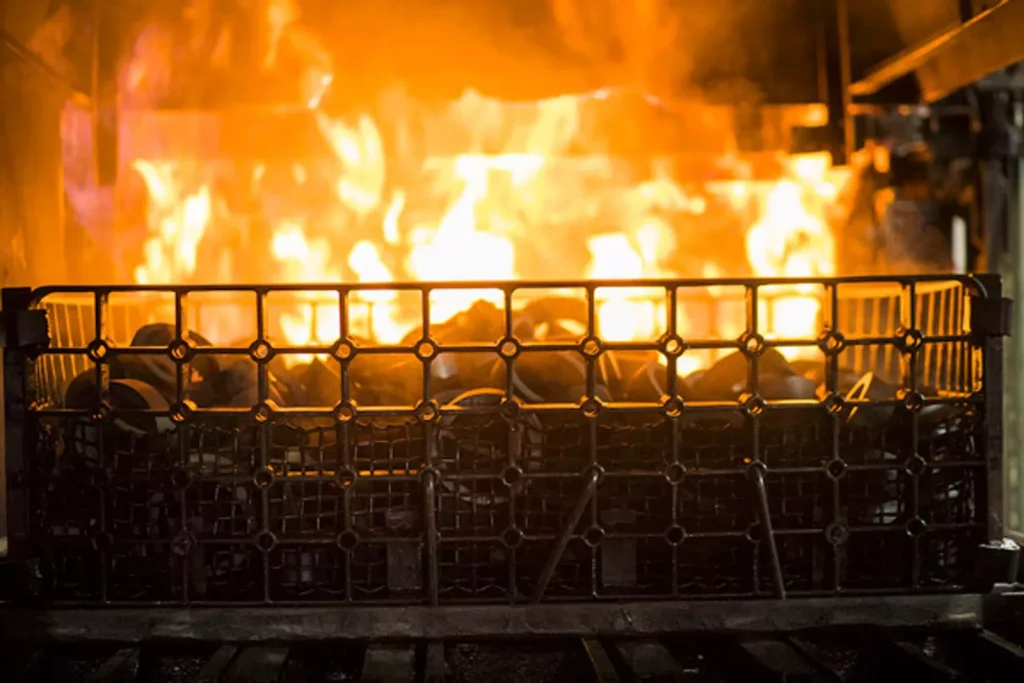
Recrystallisation Annealing
This type concentrates on grain growth by the heating of the material to a temperature that will induce recrystallization. This new structure increases the ductility of the material while refining the microstructure and even improving strength.
Isothermal Annealing
This type consists of raising the material to a desired temperature for a long time. After that, it proceeds by gradually cooling the material. This process enables the material to have uniform and even partition properties, especially in steel alloys.
Depending on the desired materials, you can apply different annealing processes.



